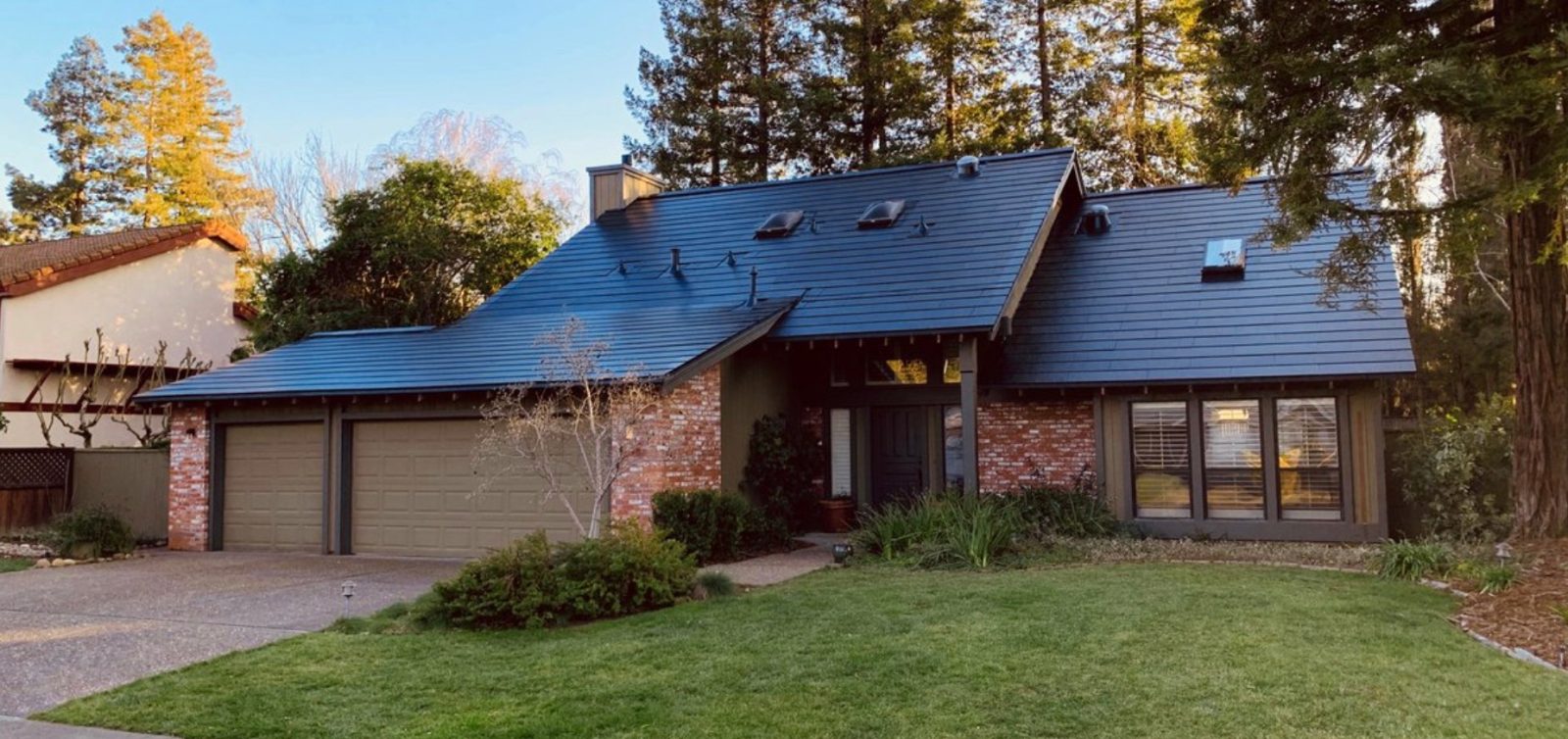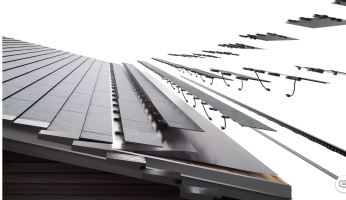eric fried
Registered User
Tesla and a few other companies make a roof shingle that has an integral solar PV module. When you interconnect the shingles and run the appropriate wiring, the whole roof covering works as a solar array. My question is do they need to provide access paths to the ridge and setback from the ridge per 2018 IRC Section R324.6, or (as Tesla reps contend) is this product exempt because there is nothing above the roofline to present a tripping hazard.
PV shingles are called out in Section R324.5, and have to meet the requirements of R905.16 as a roof covering as well as the requirements in 324. R324.6 calls for pathways AROUND modules, but these shingles cover the whole roof and therefore access is THROUGH the module. Even though some shingles are active and some inactive, they are indistinguishable. I see no exception for PV shingles in R324.6.
I believe a change was made to the 2021 IRC that may resolve this problem, but I am not sure what the final code language says. In any case, that will not be in effect until 2022, absent a code modification approval to allow the use of 2021 code provisions now.
I would love to hear from other code officials who have either approved or rejected the installation of this product, and what your reasoning in.
PS - I am aware of the issue of Tesla solar modules catching fire far more often than the average PV module, which is related but distinct from this issue. I'm not sure if Tesla has installed their solar shingles in any states but California, perhaps because of this code issue. Maybe the California Building Code or state law has some workaround that allows this installation.
PV shingles are called out in Section R324.5, and have to meet the requirements of R905.16 as a roof covering as well as the requirements in 324. R324.6 calls for pathways AROUND modules, but these shingles cover the whole roof and therefore access is THROUGH the module. Even though some shingles are active and some inactive, they are indistinguishable. I see no exception for PV shingles in R324.6.
I believe a change was made to the 2021 IRC that may resolve this problem, but I am not sure what the final code language says. In any case, that will not be in effect until 2022, absent a code modification approval to allow the use of 2021 code provisions now.
I would love to hear from other code officials who have either approved or rejected the installation of this product, and what your reasoning in.
PS - I am aware of the issue of Tesla solar modules catching fire far more often than the average PV module, which is related but distinct from this issue. I'm not sure if Tesla has installed their solar shingles in any states but California, perhaps because of this code issue. Maybe the California Building Code or state law has some workaround that allows this installation.


